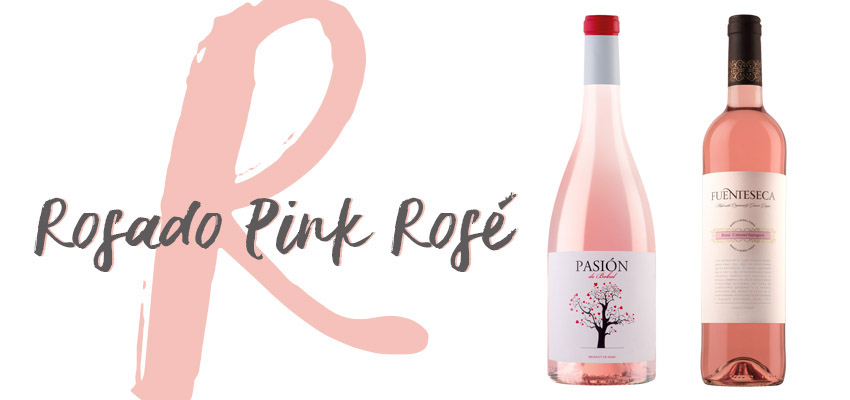A few days ago we did a survey on our Instagram channel asking people to choose Pasión de Bobal red or Pasión de Bobal rosé. Most of our followers in this social network are from Spain, so, you can imagine that the option of the red won by a landslide.
If we asked this same question with mostly French or US users, it is very possible that the balance had tilted towards rosé, since these countries are the biggest consumers of this type of wine.
The truth is that although red and white are usually the most chosen options, the consumption of rosé is increasing. And we think it’s fair. The rosé is a sophisticated wine with its own identity. In it we find the freshness that the whites bring us, and the character traits that the reds print.
If you are one of those who still look at rosé wines, we give you three pieces of information that may make you change your mind.
/ The most widespread myth /
· The rosé is not a red wine reduced with white wine ·
It is the most common myth… And as a good myth, totally removed from reality. Both the red and the rosé get their color when the must comes into contact with the skin, which is the skin of the red grape and where the pigments, aromas and tannins are found. In the rosés the resting time with the skins is shorter than in the elaboration of a red wine.
For example, in our case we have two types of rosé, of very different shades
Pasión de Bobal rosé has a pale pink color, because the resting time is short, does not exceed 16 hours. In fact it was, because of its color, a pioneer wine in the Utiel-Requena area, since the Bobal rosés tend to have a much more intense color. In this case, we opted for the most widespread taste in the rest of Europe of rosés with a paler color, but with all the flavor and power that the Bobal gives.
Instead, Fuenteseca rosé has a higher color, because we let it rest in contact with the skins longer. Its color is closer to the traditional pink, but we still get a very special pink hue, so much so that you can even detect some beautiful violet reflections.
Both are delicious, if Pasión de Bobal rosé offers you touches of red fruit (currants, cherries and strawberries) and subtle memory of rose petals, in Fuenteseca you will find aromas of ripe red fruit, strawberries with cream, red jelly beans and light floral touches. Two pink, two personalities.
/ The most unfair myth /
· Of the rosé wines it is said that they have less quality ·
And it is quite the opposite. The elaboration is more delicate and complex. And more grapes are needed and of better quality still than to make a red wine. And this why? Because when you spend less time with the skin you get less antioxidants, which preserve the wine naturally, so the rosé is more exposed to variations after bottling, so you have to offer a very well finished product so that does not happen.
/ The myth furthest from reality /
· A rosé is difficult to pair ·
Not at all! A rosé wine paired perfectly with many meals, a good rice with vegetables or sailor, or even a traditional chicken and rabbit paella. Of course also with fish. It fits perfectly with Asian food, such as sushi or sashimi. With not very strong cheeses, white meats, pasta …
If you like wine, but do not usually drink pink, open the spectrum, sure that as you try it you will fall in love with all the nuances you can find in a glass of good rosé wine.
